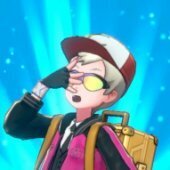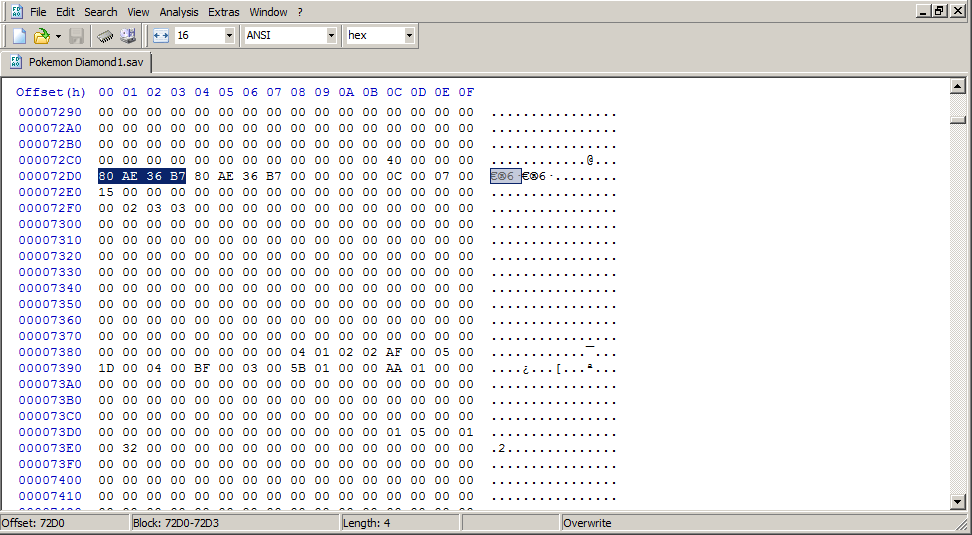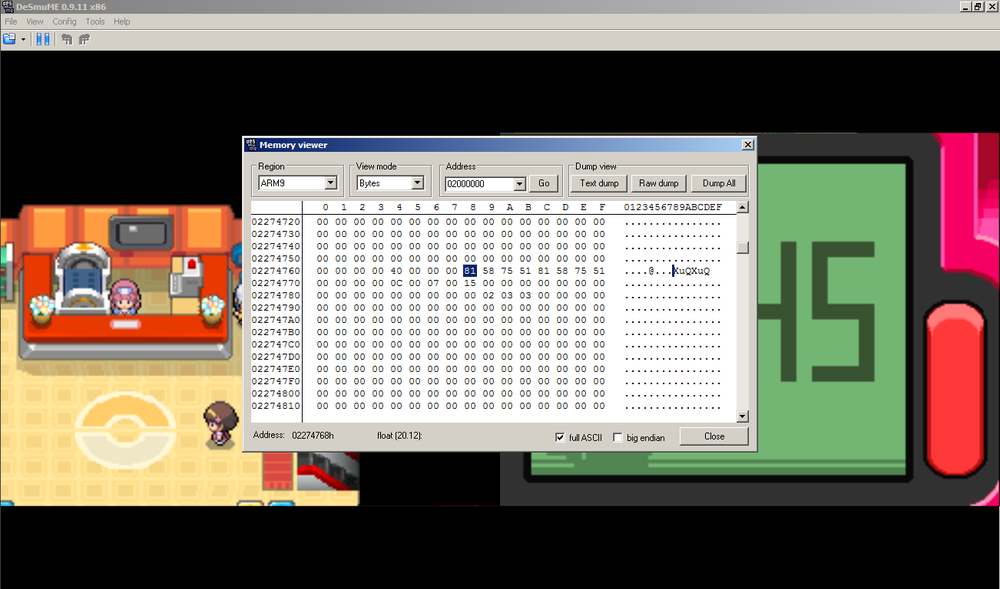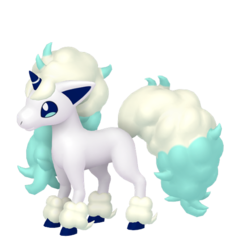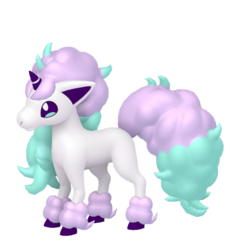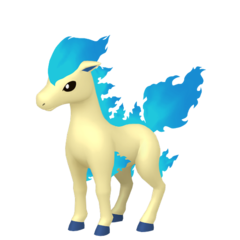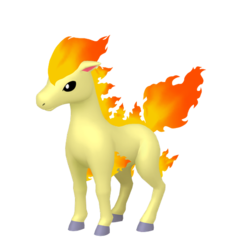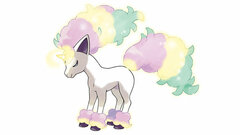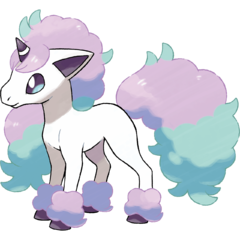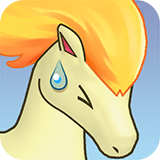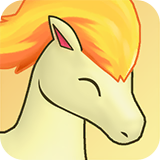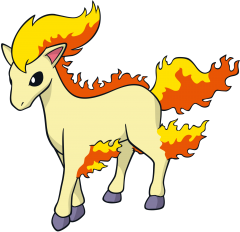Leaderboard
-
in all areas
- All areas
- Blog Entries
- Blog Comments
- Images
- Image Comments
- Image Reviews
- Albums
- Album Comments
- Album Reviews
- Files
- File Comments
- File Reviews
- Events
- Event Comments
- Event Reviews
- Topics
- Posts
- Pokédex Entries
- Articles
- Article Comments
- Technical Documents
- Technical Document Comments
- Pages
- Tutorials
- Tutorial Comments
- Status Updates
- Status Replies
-
Custom Date
-
All time
November 30 2016 - December 18 2025
-
Year
December 18 2024 - December 18 2025
-
Month
November 18 2025 - December 18 2025
-
Week
December 11 2025 - December 18 2025
-
Today
December 18 2025
-
Custom Date
03/24/22 - 03/24/22
-
All time
Popular Content
Showing content with the highest reputation on 03/24/22 in all areas
-
Some time ago I had a few misadventures looking into how some stuff worked in the old Gen 4 games. Fast forward to now, where I have a little more experience looking at how games work thanks to studying some other games (specifically Mega Man Battle Network), I came back to take another look at this problem and actually found some interesting data The highlighted bytes are the Great Marsh Pokemon, and it's rather interesting how these bytes behave based on the testing I did with them. The first byte controls the daily Pokemon for both Areas 1 and 2, the second Area 3, the third Areas 4 & 5, the fourth Area 6. In the configuration shown in this save file, Areas 1 and 6 had Croagunk, Area 2 had Yanma, Area 3 had Staravia, Area 4 had Drapion, Area 5 had Carnivine. Using an old Gen 4 save editor that had the capability, I changed each area's daily Pokemon to Kangaskhan and watched what happened. Editing Areas 1 and 2 changed the first byte (to 97 and E0 respectively), editing Area 3 changed the second byte from AE to DE, editing Areas 4 and 5 changed the third byte (to 3B and 76 respectively), editing Area 6 changed the fourth byte from B7 to AF. I don't know exactly how the Pokemon are calculated from this (especially with the first and third bytes), but based on the old editor's data the Great Marsh Pokemon are arranged as follows: The next four bytes after the Great Marsh are the Swarms, which seems overly complicated for handling one daily Pokemon at a time (Makuhita, in the case of the save shown above), but I think PKHeX is actually able to manipulate this through Block Data (though you need to know what you're doing). Once boiled down, the Swarm values are as follows: 72DC and 72DE are the Trophy Garden Pokemon, with C being the current day's Pokemon and E being the previous one. These are far more straighforward than the Marsh and Swarms, with basic hex values: Now one last interesting tidbit, I did find this data in the game's ram, but there's a bit of a catch Unfortunately, this data floats around the 02274700-4800 range, so it is impossible to edit by Action Replay without a way to make the locations of these bytes static (even then, the complex nature of the Marsh and Swarm makes them difficult to even live edit in an emulator's memory viewer without knowing how they work). Still, it allows the ability to study this data with the game in motion (and for the record, that day's seed translates to Skorupi in Marsh Areas 1, 2, and 6; Paras in Area 3, Roselia in Area 4, Kangaskhan in Area 5, and a Dunsparce Swarm). Unfortunately I don't know how all of this translates to Platinum, but it really seemed like this was an area of Gen 4 that hadn't gotten a lot of research, so hopefully it helps (and hopefully someone with a lot more time and patience than I do can finish the research on the Marsh).1 point
-
Funnily enough I also just so happened to look into the Great Marsh very recently and your old post helped a lot with the old save editor and its info. Basically the only thing you're missing with your observations on what bytes get changed is that a pokemon appearing in a specific area does not change the whole byte, but only 5 bits of it. Read as little endian 80 ae 36 b7 becomes b7 36 ae 80 or in binary 1011 0111 0011 0110 1010 1110 1000 0000. If we now split that into units of 5 bits we get 10 11011 10011 01101 01011 10100 00000 or 2 1B 13 0D 0B 14 00. The 2 shouldn't be used for Great Marsh calculation here. These values line up with the pokemon you had in your areas if we assign the 5 bit blocks "in reverse". 1B is area 6, 13 is area 5, 0D is area 4, 0B is area 3, 14 is area 2, 00 is area 1. The following table shows which Pokemon each 5 bit block corresponds to in both DP and Pt once you have the national dex. Hex Bin Dec DP Pt 00 00000 0 Croagunk Toxicroak 01 00001 1 Skorupi Kecleon 02 00010 2 Carnivine Kecleon 03 00011 3 Croagunk Carnivine 04 00100 4 Skorupi Skorupi 05 00101 5 Carnivine Croagunk 06 00110 6 Golduck Quagsire 07 00111 7 Croagunk Drapion 08 01000 8 Skorupi Skorupi 09 01001 9 Carnivine Croagunk 0A 01010 10 Roselia Quagsire 0B 01011 11 Staravia Kangaskhan 0C 01100 12 Toxicroak Paras 0D 01101 13 Drapion Drapion 0E 01110 14 Exeggcute Exeggcute 0F 01111 15 Golduck Exeggcute 10 10000 16 Staravia Skorupi 11 10001 17 Croagunk Croagunk 12 10010 18 Skorupi Skorupi 13 10011 19 Carnivine Carnivine 14 10100 20 Yanma Yanma 15 10101 21 Shroomish Shroomish 16 10110 22 Paras Paras 17 10111 23 Kangaskhan Kangaskhan 18 11000 24 Gulpin Gulpin 19 11001 25 Roselia Tropius 1A 11010 26 Staravia Gulpin 1B 11011 27 Croagunk Shroomish 1C 11100 28 Skorupi Skorupi 1D 11101 29 Carnivine Carnivine 1E 11110 30 Roselia Croagunk 1F 11111 31 Golduck Tangela I know that in Platinum, every Pokemon that isn't in the Sinnoh Dex gets replaced with Wooper before you get the National Dex. I don't know how it works with DP, as I was playing Platinum while looking into this. I also went and tried this with manual hex editing of my save file (and fixing the checksum with PKHeX) and changing the area encounters worked like a charm.1 point
-
1 point
-
1 point

